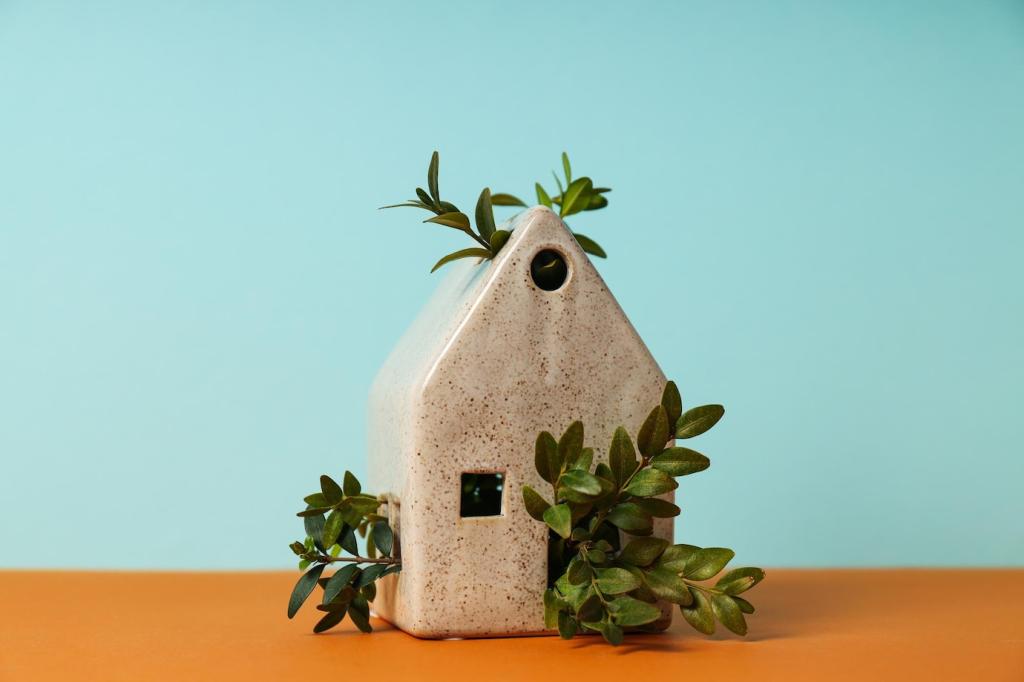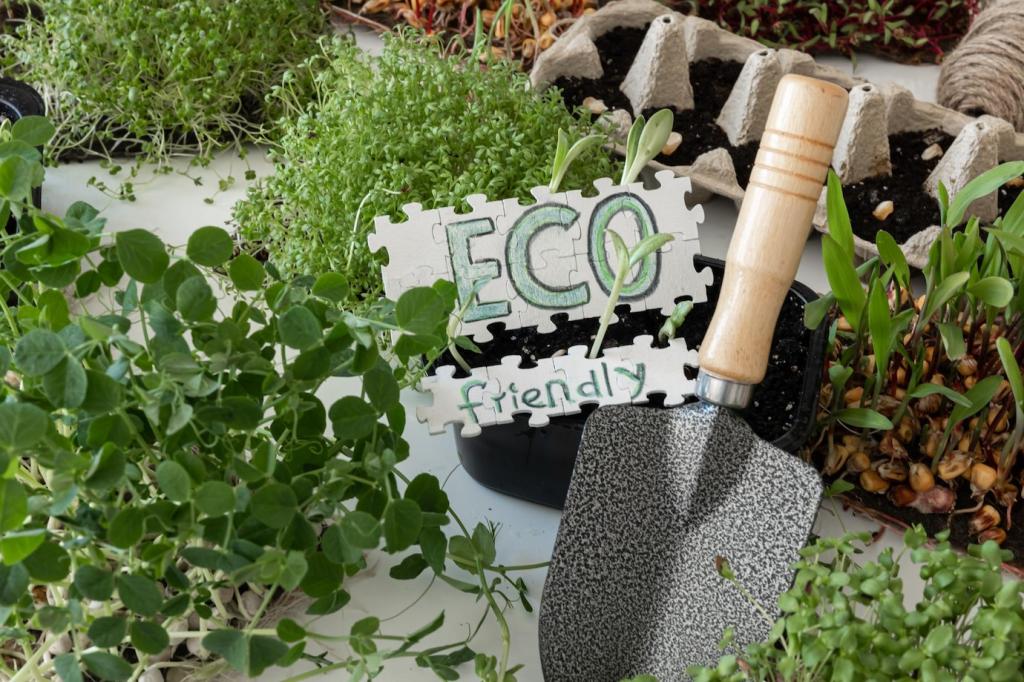Design Transformations with Purpose
Convert a sturdy dresser into a bathroom vanity by reinforcing the frame, adding a sink cutout, and sealing drawers against moisture. The result pairs patina with utility and keeps a classic form in daily use instead of collecting dust in a storage corner.
Design Transformations with Purpose
Old doors and window frames can become striking tables, coffee stations, or headboards with careful sanding and protective finishes. Lean into imperfections; original hardware holes or paint layers become conversation starters that celebrate the piece’s journey across decades.





